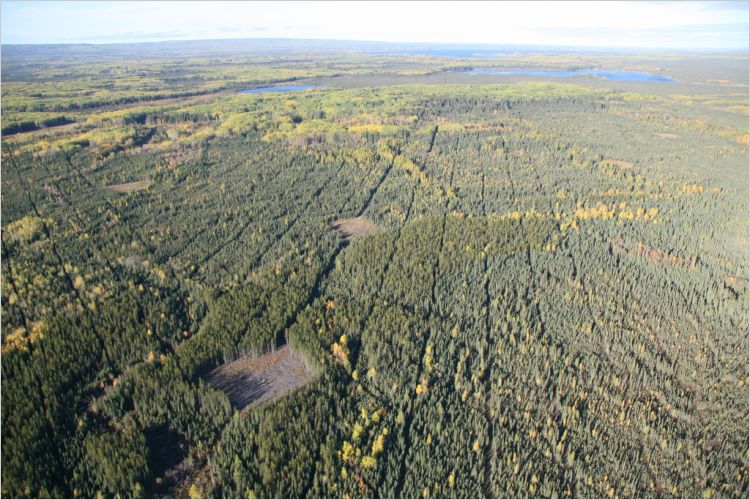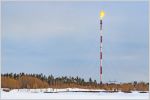
Photo: David Dodge
Last month, the Alberta government released its draft woodland caribou range plans for the Little Smoky and A La Peche herds north of Jasper. Among other things, the draft plan calls for all legacy seismic lines — corridors cut through the forest during oil and gas exploration — in the range to be restored in the next five years to help reduce the prevalence of predators in caribou rich habitats.
The Little Smoky and A La Peche herds aren’t the only ranges in Alberta that require swift and coordinated action. According to Environment Canada, all boreal woodland caribou herds in Alberta are unlikely or very unlikely to be self-sustaining due to high levels of disturbance in each range. In 2012 the federal government released its caribou recovery strategy that requires plans be completed to establish 65 per cent undisturbed habitat within each range. Alberta must have a robust plan in place for each of the 12 woodland caribou herds by October 2017, and all of them will require significant effort to restore both the human-caused and natural disturbances in these ranges.
In order to be successful with such a monumental undertaking, large scale protected areas — like the 18,000 km2 of lands conserved for caribou in last month’s announcement — will be required. The restoration of the hundreds of thousands of kilometres of geophysical seismic lines criss-crossing northern Alberta will require broad participation from several sectors and some companies have already started to pitch in voluntarily. While these pilot programs are positive initial signs of support, it is not occurring on a scale that will improve conditions meaningfully. We need rules that mandate this improvement in habitat as a condition for allowing new development in caribou ranges.
Conservation offsets — also known as biodiversity offsets, or conservation allowances on the federal level — are actions that a company will take to provide physical compensation for significant adverse impacts from development. If a company cannot prevent or mitigate these adverse impacts from a proposed project, then they would be required provide compensation by restoring and conserving land. Ideally, restoration would be at a higher ratio that provides more land restored by the project than impacted, such that two or three hectares are restored for every hectare impacted by the project. Depending how an offset program is established, companies can complete the restoration themselves or pay another company that has already restored an equivalent type of land.
With the right elements in place, a conservation offset system can provide the “toolkit” Alberta needs to move restoration forward sooner rather than later. There are several moving pieces and — if they come together with the right direction — they could accelerate action towards restoring caribou habitat to the level required by the federal recovery strategy using conservation offsets.
To start, Alberta’s land use plans, such as the Lower Athabasca Regional Plan (LARP), have the potential to use conservation offsets to achieve regional planning objectives and cumulative effects management. Under LARP, the upcoming Biodiversity Management Framework may use conservation offsets as a management tool. Additionally, the Government of Alberta is working on a Conservation Offset Framework, that could inform how offset programs are developed.
Externally, other players are interested in creating a “clearinghouse” or a “conservation exchange,” to create a measurement and tracking system for offsets that could respond quickly to our restoration deficit in Alberta. This exchange would use market incentives to pool resources, coordinate offsetting for restoration in priority areas, and would create consistency across offsets. The Pembina Institute is helping collect perspectives from a wide range of interests to determine areas of common ground in implementing such an approach.
But, all of these moving pieces could use a final push to ensure that conservation offsets are utilized. By using Section 67 of the Responsible Energy Development Act (REDA), the government can provide direction to the Alberta Energy Regulator to require additional restoration to accompany new activities in caribou ranges.
Conservation offsets have been discussed in Alberta for over a decade but a confluence of factors has now created the ideal scenario to see them used as a tool to restore and conserve habitat in the province, and actually see positive improvements in Alberta’s caribou ranges.
Nikki was a senior analyst for the Pembina Institute until 2020 with expertise on fossil fuel development.



